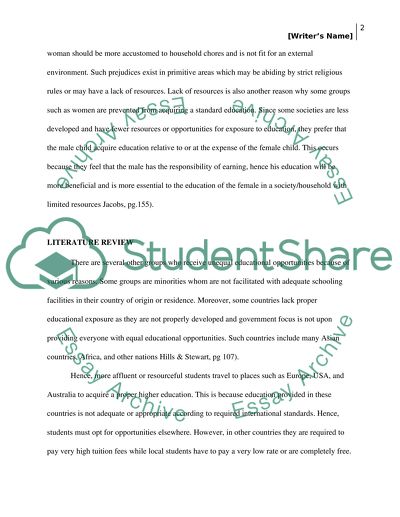Cite this document
(“How Education Effects the Annual Earnings of Different Minority Groups Research Paper”, n.d.)
Retrieved de https://studentshare.org/sociology/1392561-how-education-effects-the-annual-earnings-of-different-minority-groups
Retrieved de https://studentshare.org/sociology/1392561-how-education-effects-the-annual-earnings-of-different-minority-groups
(How Education Effects the Annual Earnings of Different Minority Groups Research Paper)
https://studentshare.org/sociology/1392561-how-education-effects-the-annual-earnings-of-different-minority-groups.
https://studentshare.org/sociology/1392561-how-education-effects-the-annual-earnings-of-different-minority-groups.
“How Education Effects the Annual Earnings of Different Minority Groups Research Paper”, n.d. https://studentshare.org/sociology/1392561-how-education-effects-the-annual-earnings-of-different-minority-groups.


